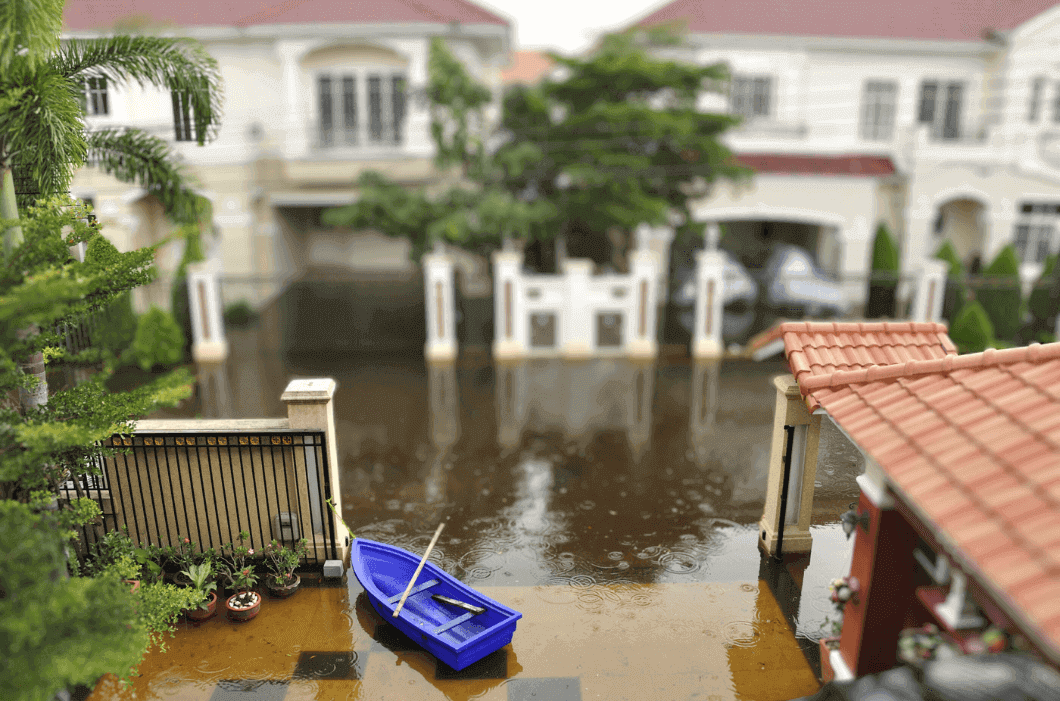Restoring your home to its pre-storm condition is crucial following a strong typhoon. Not only for aesthetic reasons but also for your family’s health and safety, proper hurricane cleaning is essential. The measures you must take to clean up and recuperate your house after a typhoon are outlined in this blog.
How to Prepare for a Typhoon
While a powerful typhoon’s passage may be unavoidable and inevitable, there are steps that may be taken to mitigate its effects and perhaps save lives as well as make storm cleanup easier.
Stay Up to Date:
Keep track of weather information and updates from dependable sources, such as regional meteorological services or authorities in charge of the natural disaster response. Keep yourself informed about the path, strength, and potential effects of the typhoon in your area.

Make an emergency supply kit:
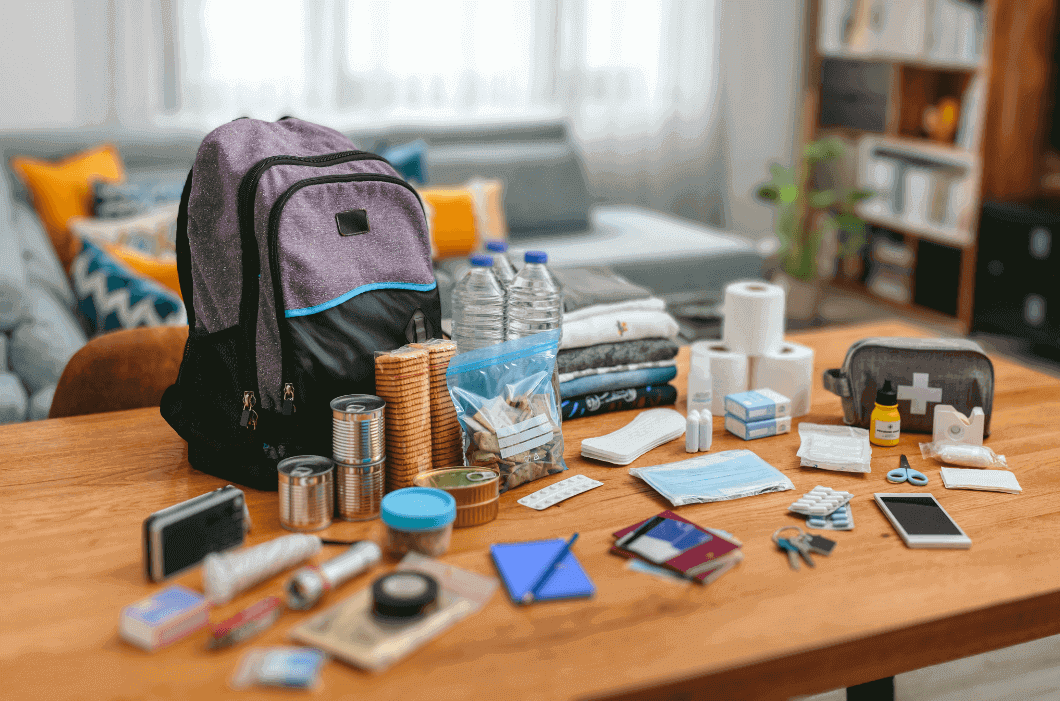
Put together an emergency supply kit with non-perishable food, clean water, medications, flashlights, batteries, first aid materials, and crucial papers. Keep the gear somewhere that is simple to get to.
Securing Outdoor Objects

Any outdoor things that are loose or lightweight and may become dangerous in high winds, such as patio furniture, potted plants stuffed animals, or gardening tools, should be secured or brought inside.
Trim shrubs and trees:
Trim shrubs and trees close to your house or property frequently to get rid of weak or dead branches that can blow away in strong winds. Trim trees away from structures or electricity lines.

Strengthening Windows and Doors
To defend your house against flying debris, install storm shutters or strengthen windows and doors with plywood boards. Make sure the locks and hinges on the doors and windows are solid.
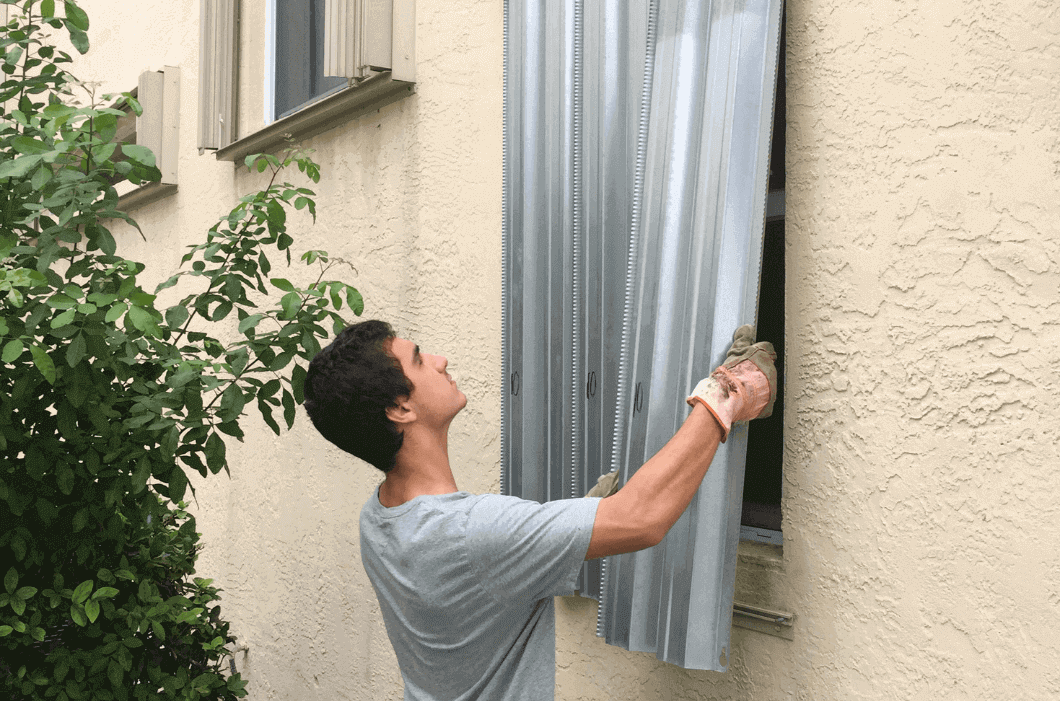
Clear Drains and Gutters:
To allow rainwater to flow freely and avoid water backups that could result in floods, clean and empty any gutters, downspouts, and drainage systems.
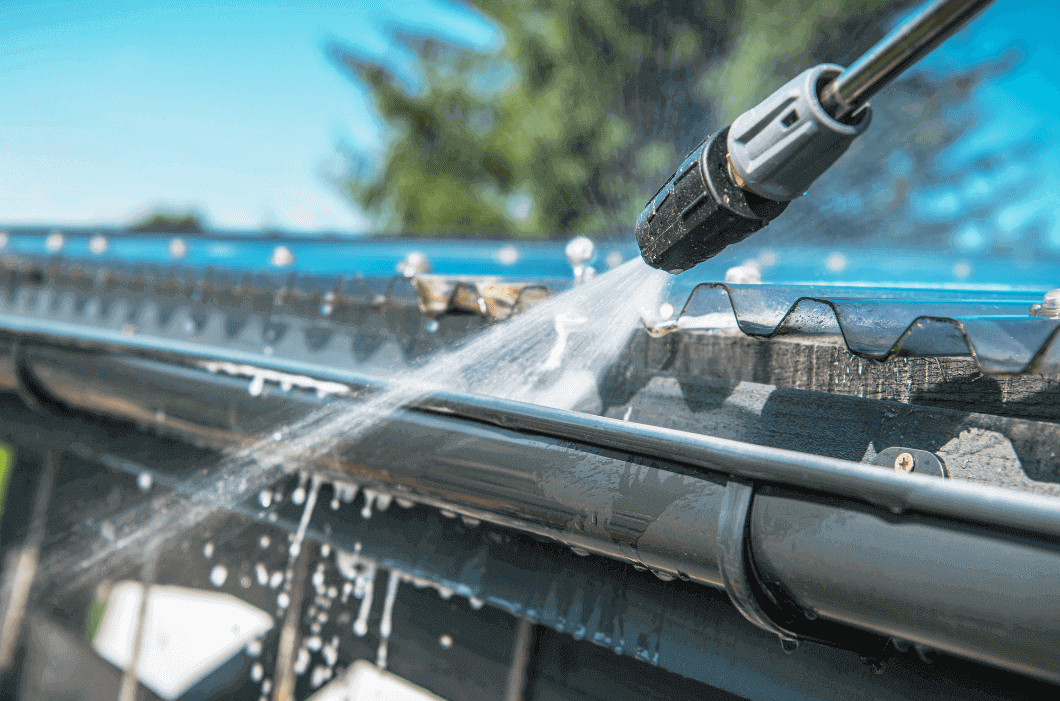
Backup vital information:
Create backups of critical information and files kept on electronic devices, and keep them in a safe place like cloud storage or external hard drives. In the event of device failure or power interruptions, this will safeguard sensitive data.
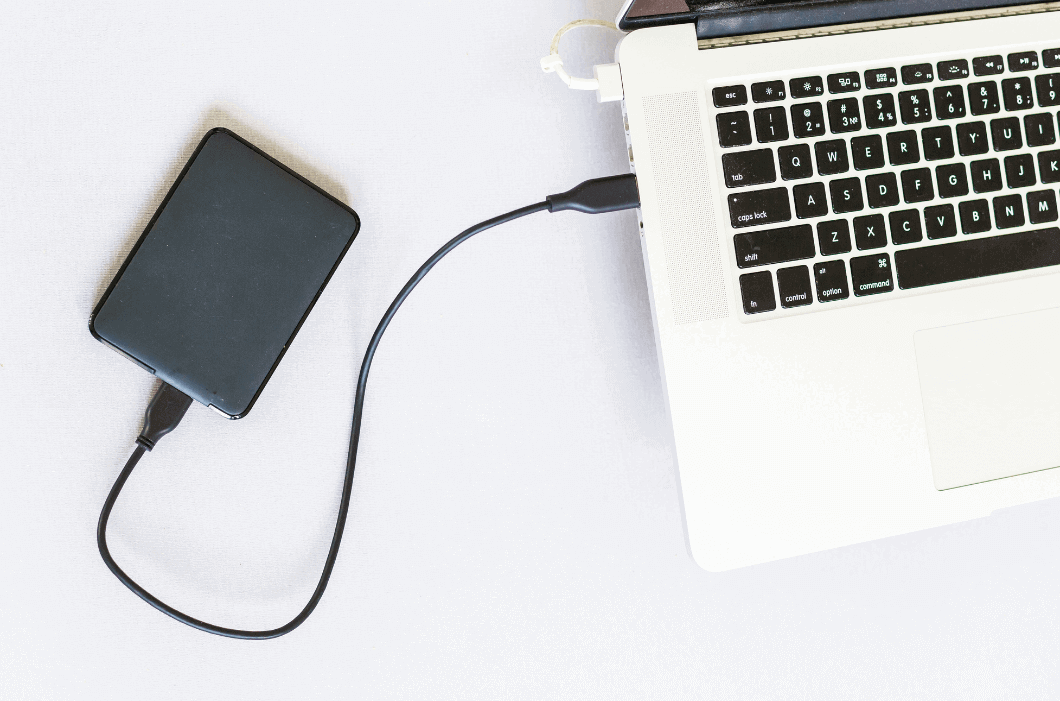
Plan of evacuation:
Learn the evacuation protocols and paths authorized by your local authorities. Make a family evacuation plan that includes a predetermined meeting place and emergency contact details.

Shut Off the Utilities
Turn off utilities including gas, electricity, and water in the event of an evacuation or if instructed to do so by authorities to avoid damage or mishaps during the typhoon.
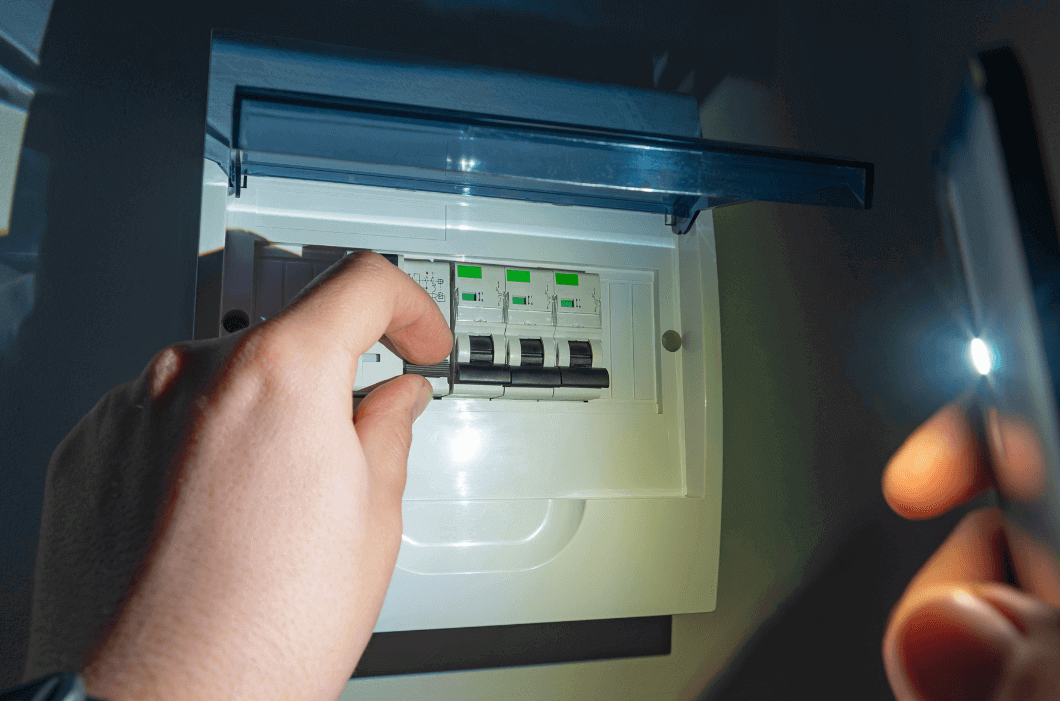
Stay inside during the typhoon in a secure area away from windows.
Pay attention to announcements and heed any advice or instructions issued by local authorities.
Keep in mind that the precise preparations may change depending on your location and the typhoon’s strength. Throughout the preparation and cleanup process, exercise caution, pay attention to local authorities’ recommendations, and put your safety first.
Here are the things to keep in mind for a typhoon aftermath cleaning
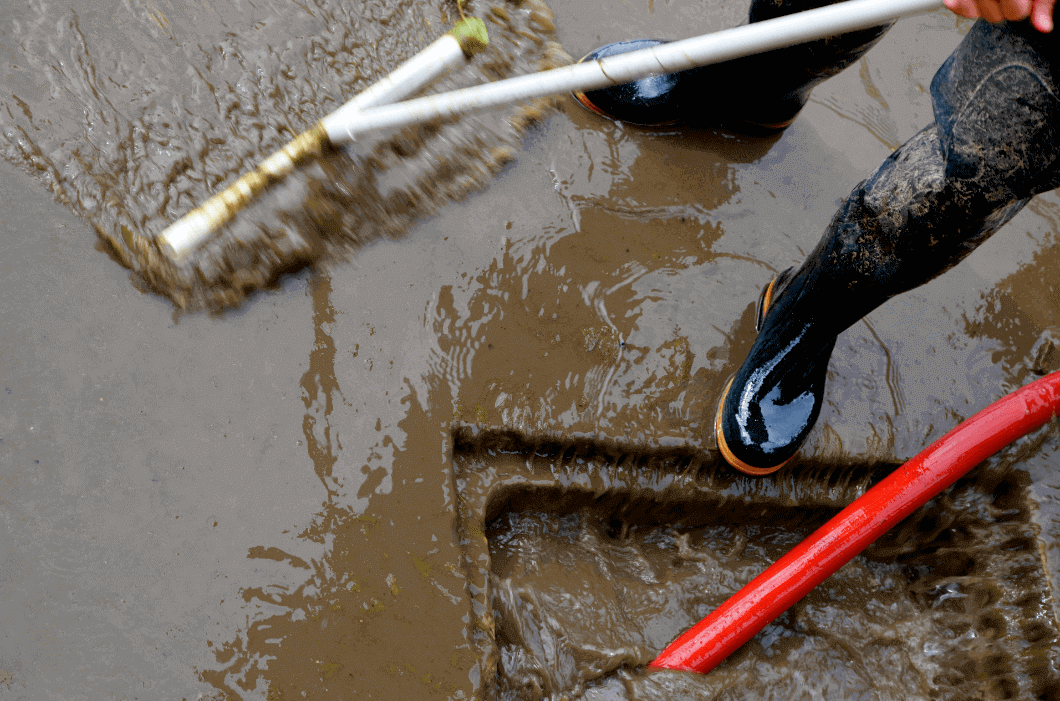
Cleaning might be difficult during the typhoon due to the increased humidity and moisture levels. Here are some challenges you may face while cleaning:
Surfaces dry more slowly:
Because of the still air and higher humidity levels, surfaces may take longer to dry after washing. This can make it difficult to clean many areas at once and may necessitate more cleaning time.
Mold and mildew growth:
Increased moisture levels during the rainy season can promote mold and mildew growth in places like bathrooms and basements. This might make cleaning these regions more challenging, necessitating the use of specialized cleaning chemicals or expert cleaning services.
Rainy weather can lead to additional dirt and debris being tracked inside your home, making it more difficult to keep your floors and carpets clean.
Electrical safety concerns:
It is critical to exercise caution while using electrical equipment such as vacuum cleaners and steam cleaners during the rainy season to avoid electrical shock.
Increased risk of slips and falls:
Wet floors and surfaces can raise the risk of severe slips and falls. To avoid mishaps, take extra precautions when cleaning during the rainy season.
You can keep your home clean and safe throughout the rainy season by being aware of these challenges and taking extra precautions.
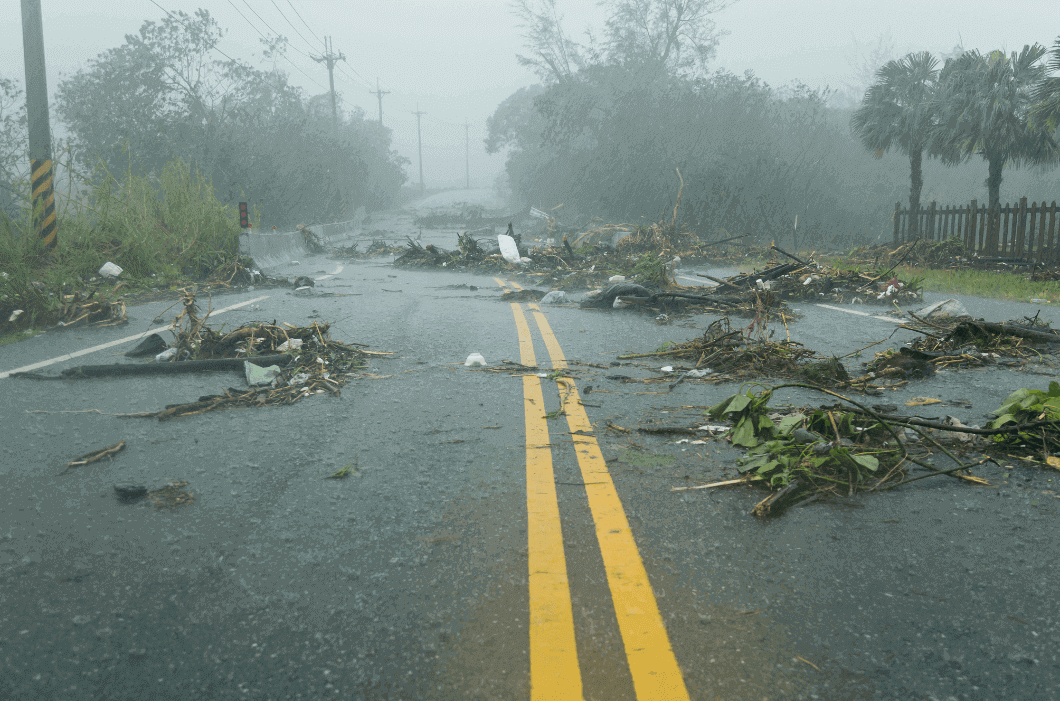
Due to the numerous environmental, health risk and physical risks present, cleaning up after a typhoon can be dangerous. When cleaning up after a typhoon, be mindful of the following risks:
Water hazards: Flooding brought on by the storm could result in swiftly flowing, filthy water that could be dangerous for drowning. Before beginning any cleanup efforts, avoid wading into floodwaters and make sure you are wearing protective gear.
Electrical Hazards: The typhoon may have destroyed electrical equipment that is still in use and fallen electrical lines that could put people at danger of electrocutions. Avoid any nearby electrical equipment or wires and get in touch with your electricity provider.
Chemical dangers: The floodwaters following a typhoon may contain dangerous chemicals and materials including oil, gasoline, and other trash. Before attempting to clean up these items, use caution around them and make sure you are using safety equipment.
Hazards to Structures: The typhoon may have caused structural damage to homes and structures that could have led to a danger of collapse. You should never enter a structure or clean it up without first checking for damage. Consult a specialist if you are uncertain about a building’s structural soundness.
Biohazards: Standing water, like that found in flooded areas, can serve as a breeding ground for mosquitoes that spread diseases like dengue or Zika. Additionally, bacteria and viruses that are dangerous to human health can be found in floodwaters. To avoid infection or other ailments, it’s crucial to wear the proper protective gear when cleaning up flood waters.
It might be difficult to clean up after a typhoon, therefore it’s crucial to be aware of the aforementioned dangers to avoid any accidents or health problems. If you are unsure about your abilities to clean thoroughly and safely, use safety gear while doing any cleaning, or hire a professional cleaning service.
Initial Assessment for Cleaning after typhoon.

Prioritizing duties and determining the extent of the damage requires conducting an initial assessment of the damage before you start the cleaning procedure after a typhoon.
Walk around the outside of your property and look for any obvious storm-related damage to conduct an outside assessment. Look for any structural problems, broken windows, roof damage, or fallen trees or branches. Make a note of any repairs that are urgently required in order to avoid future damage or safety risks. Enter your home and examine the interior for damage for the interior assessment. Keep an eye out for flooding, leaks, or water infiltration. Note any basements, walls, ceilings, or floors that have been affected. Pay special care to damp areas including bathrooms, kitchens, and utility rooms. Prioritize jobs based on the extent of the damage and any potential safety hazards, as determined by your inspection. Decide which issues need to be addressed right away and which can wait. Take into account factors that could cause mold growth, such as structural deterioration, electrical problems, or water damage.
If applicable, record or take pictures of the damage as proof for insurance claims. Make a list of the specific issues that need fixing or the things that need to be replaced since they are damaged beyond repair. If any particular jobs demand specialist knowledge. This can entail plumbing problems, electrical upgrades, or roof checks. It is advised to check with qualified professionals if you have any questions about the evaluation or repairs.
Keep in mind that an accurate initial assessment is essential for a swift and successful cleanup. It aids in work prioritization and guarantees that urgent repairs are attended to. If in doubt, always seek professional advice and assistance. If you are concerned of the task’s safety or come across significant damage, it is recommended to get professional assistance from qualified specialists or contractors. Always keep in mind that safety should come first when cleaning up after a storm. Take your time, exercise caution, and request help when required.
Safety Measures for Typhoon Cleanup
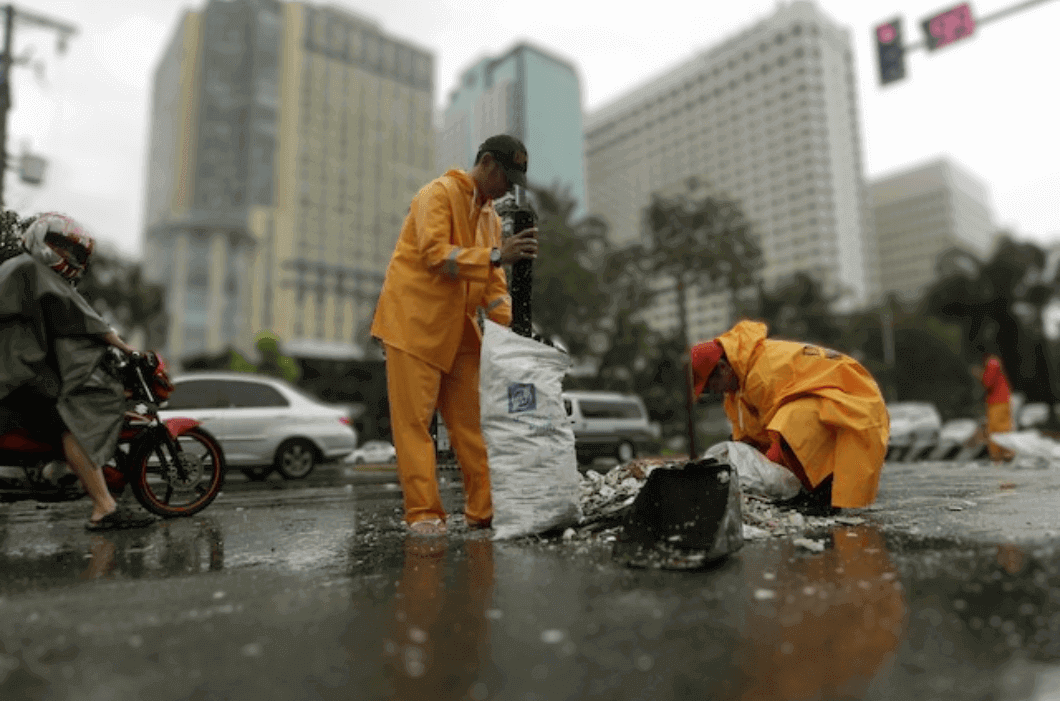
In order to avoid mishaps and injuries, safety must always come first when cleaning up after a typhoon. Wear the personal protective equipment or protective gear such as gloves, goggles, and a mask, to safeguard yourself against sharp objects, toxic compounds, and airborne particles.
Identify any potential dangers, such as downed power lines, unstable structures, or standing water, before beginning any cleanup work. Avoid them, and if necessary, get expert assistance. Until a professional verifies otherwise, treat all power wires as live and as hazardous materials. Stay away from downed electrical lines and report them right away to the proper authorities.
Use the right tools for the job at hand, and treat them with care. Axes and saws should be stored safely and kept out of the reach of youngsters and unskilled people. After handling trash or contaminated surfaces, properly wash your hands with soap and water.
Put rubbish in the appropriate trash bags or containers. Separate hazardous materials from conventional trash, then dispose of them according to local regulations. Stay hydrated by drinking lots of water, especially when it’s hot and humid outside. Take frequent stops to recover and stave off fatigue.
How to clean in case of flooding
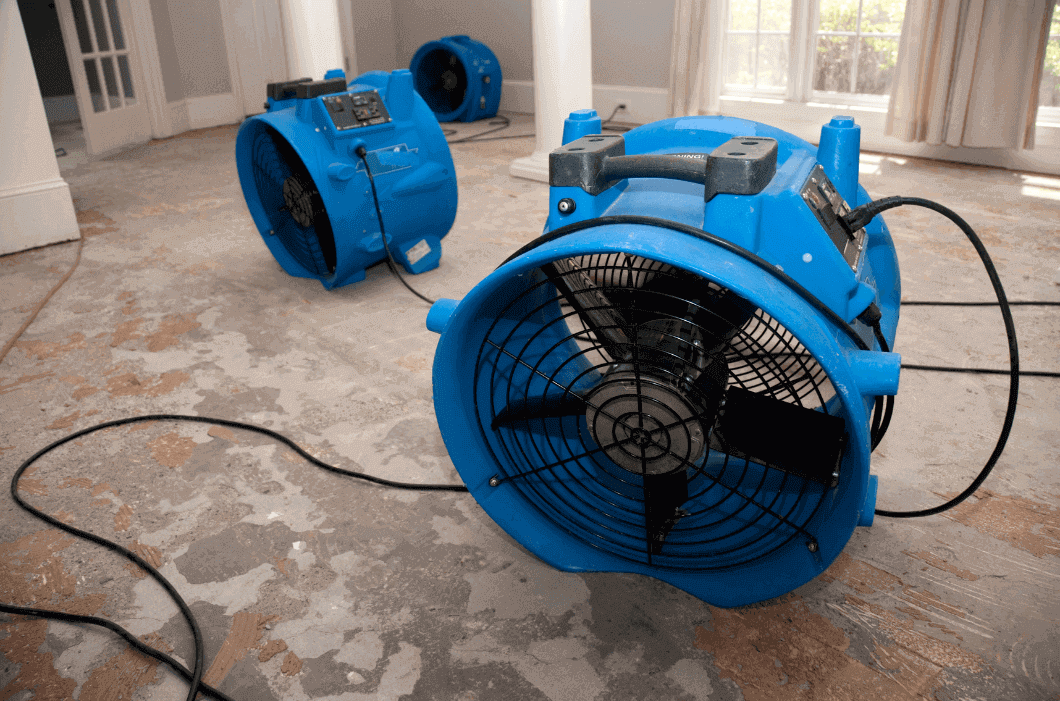
Cleaning up after a flood can be a daunting process, but it is critical to do so correctly in order to avoid more damage and protect the safety of your property. Here are some cleaning techniques and instructions for the clean up process following a flood:
Safety Precautions:
First and foremost, make sure that the electricity and gas are switched off, and that you are wearing personal protective equipment and gear such as gloves hard hats, boots, and masks to protect yourself from mold, germs, and other hazards.
Remove standing water:
To remove standing water from your home, use a pump or a wet/dry vacuum. Consider calling a professional water removal service if there is a lot of water.
Dry out your home by using fans, dehumidifiers run fans, and opening windows. It is critical to perform this as soon as possible to avoid mold growth.
Clean and disinfect:
Use soap and water to clean all surfaces, then disinfect with a solution of bleach, one cup bleach per five gallons of water. Wear gloves and ventilate the area before cleaning.
Remove damaged materials:
Remove any flood-damaged materials, such as carpet, drywall, and insulation. These items, which can hold mold and germs, should be appropriately disposed of.
Check your HVAC system:
If your HVAC system was flooded, get it inspected by a professional to ensure that it is safe to use.
Mold testing:
After cleaning, conduct a mold test to check that your home is safe to live in. Hire a professional to remove mold if you detect it.
You can ensure that your home is adequately cleaned and safe to live in after a flood by following these recommendations and rules.
Cleanup procedure for the typhoon aftermath

The cleanup process following a typhoon entails a number of crucial stages to guarantee safety and successful repair. An overview of the cleanup process is provided below:
Safety Precaution:
First and foremost, make sure that the electricity and gas are switched off, and that you are wearing protective clothing such as gloves, waterproof boots, and masks to protect yourself from risks such as fallen debris, contaminated water, and electrical wires.
Inspect your home for damage:
Inspect your home for any damage caused by the storm. This includes inspecting the structure for leaks, cracks, and other structural damage.
Ventilate your home
Dry out your home by using fans, dehumidifiers, and opening your doors and windows often. It is critical to do this as soon as possible to avoid mold growth.
Examine your HVAC system:
If your HVAC system was damaged by the typhoon, get it inspected by a professional to confirm that it is safe to use.
Mold testing:
After cleaning, conduct a mold test to check that your home is safe to live in. Hire a professional to remove mold if you detect it.
You can ensure that your home is adequately cleaned and safe to dwell in after a storm by following these steps.
Debris removal:
Start by clearing the area of any debris, such as fallen branches tree limbs, leaves, and other tiny objects. While clearing garbage, take care to avoid hidden or sharp objects.
Utility restoration
To ensure safety during cleanup, have any damaged utilities, such as water, and power lines, and gas lines, checked and repaired by experts.
Mitigate Water Damage
Remove stagnant water from wet areas as soon as you can if there has been flooding or other water damage. Drain the water using pumps, buckets, or other suitable tools. To stop future damage and the formation of mold, let the afflicted areas dry.
Disinfect and sanitize:
.Clean up and sterilize the damaged areas thoroughly to stop the development of bacteria and prevent mold,. Use the right cleaning products, according to product directions, and make sure there is enough ventilation while cleaning.
Identify the necessary repairs for the infrastructure and damaged structures and set priorities. When making significant repairs, consult an expert, and make sure all regulations are followed.
For a quicker and more effective recovery, think about employing expert cleanup and restoration services in cases of severe storm damage or if you lack the required knowledge and tools.
Keep in mind to ask or contact your local authorities or disaster response organizations for detailed instructions and suggestions on how to handle cleanup in your area.

It takes time, patience, and work to thoroughly clean up after a flood or typhoon. You may rebuild your house and give yourself and your loved ones a secure place to live by following these instructions. Keep yourself safe, put your health first, and ask for help if you need it.
It is important to obtain expert assistance from qualified technicians or contractors if you are worried about the safety of any task or run into significant harm. Always keep in mind that safety should come first when cleaning up after a storm. Take your time, exercise caution, and request help when required.

